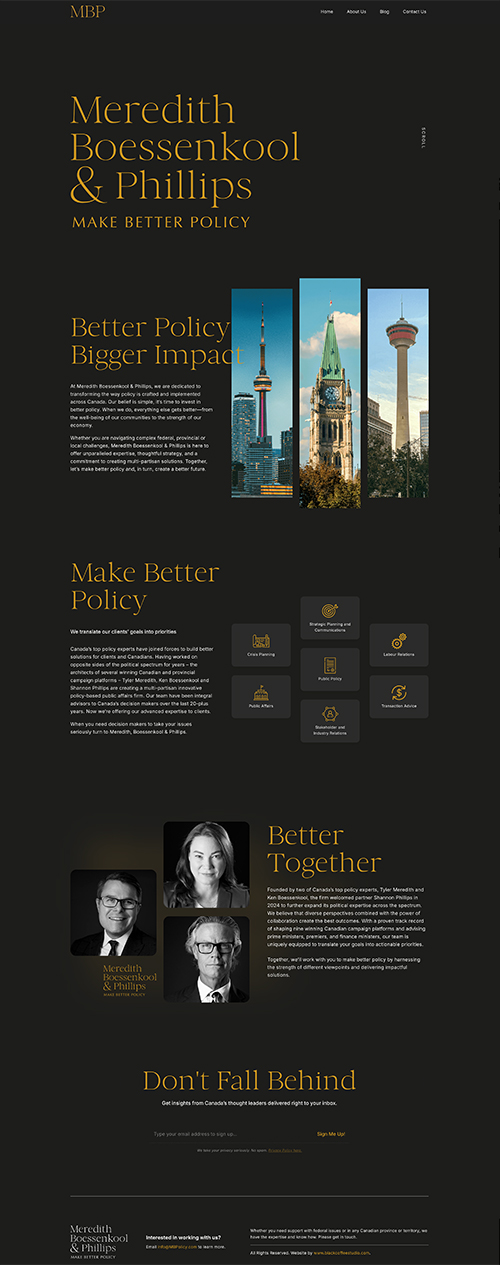Sometimes you have to take government at its word.
In the case of the latest Alberta budget, two sentences in the government’s fiscal plan suggest its spending plans are unsustainable.
Exhibit A is the sentence at the top of page 11: “Historical revenue trends indicate the government can plan for revenue growth of about four per cent per year.”
This is an indication that Ralph Klein and Co. know the current spike in oil and natural gas revenues are not sustainable over the longer term. This is borne out in the revenue forecast where the past two years of massive increases in revenue are balanced by the next two years of substantial reductions in revenue.
The budget even has a nice picture showing that revenues followed the long-term trend through most of the 1990s, jumped above the trend in the past two years, and will return to the trend line in three years. That picture even identifies the difference between the resource-induced spike and the long-term trend as money that is meant for accelerated debt repayment and one-time expenditures.
The message is crystal clear: The Alberta government cannot increase spending by more than about four per cent over an extended period of time without, at some point, risking the prospect that revenues will no longer be adequate to meet expenditures. And in any year where revenues grow faster than the long-term average, the extra money should be used to pay down debt and/or for one-time expenditures.
The budget lays out exactly what it considers “one-time” or “extraordinary” costs. While these sound an awful lot like “temporary tax,” I said I was taking government at its word.
The budget dumps these one-time expenditures into three buckets. The first is infrastructure, and the other two deal with instability in commodity markets — energy rebates and agricultural assistance. In the latter categories, a return to commodity market stability should mean the end of these expenditures.
On infrastructure, Alberta is going to spend an almost unbelievable $3 billion this year. This is four times the normal annual amount of infrastructure spending, and it makes you wonder what they will be paving when they run out of roads.
There is an internal logic, however, for using extra money for infrastructure. Infrastructure is probably the most important thing the Alberta government can do when the economy is expanding at the rapid rates we’ve seen lately. Without adequate infrastructure, our rapid growth rates would be at some risk. Further, Alberta attracted 22,000 people from other provinces last year, and these people (as the premier constantly reminds us) do not bring along their roads, hospitals and schools.
Finally, during the lean years when governments were paring spending to eliminate deficits, the path of least resistance meant that infrastructure was too often the first thing cut, so there has been some catching up to do.
If you strip one-time infrastructure and commodity based expenditures out of total spending, you get what the budget calls “base spending.” Which brings me to Exhibit B, the sentence at the top of page 12: “Total base spending is forecast to increase by . . an average of 4.3 per cent per year.”
In the government’s own words, then, base program spending is growing faster than the historical trend for revenues. And if you think that the difference of 0.3 per cent (4.3 per cent minus 4.0 per cent) between spending growth and revenue growth is no big deal, it is worth recalling that the difference between these two numbers in Alberta’s 10 lost years between 1983 and 1993 was only 0.5 per cent.
When spending grows faster than revenues, even by a small amount, it can lead to big problems if sustained over an extended period of time.
The current situation is, of course, fundamentally different than the 1980s and early 1990s. The primary reason spending grew during the earlier period was that interest costs rose as the debt grew. In fact, spending on programs actually grew slower than revenues. But now interest costs are falling, and fast.
In fact, spending on programs will grow at a remarkable annual average of 5.5 per cent for the next three years.
So there you have it: Long-term revenues grow at four per cent while program spending is growing at 5.5 per cent.
This is an unsustainable path that must be corrected if we do not wish to repeat past mistakes. That correction requires putting a brake on spending.
And you can reach that conclusion by taking the government at its word.
Ken Boessenkool is a Calgary economist and former policy advisor to Alberta Treasury.
